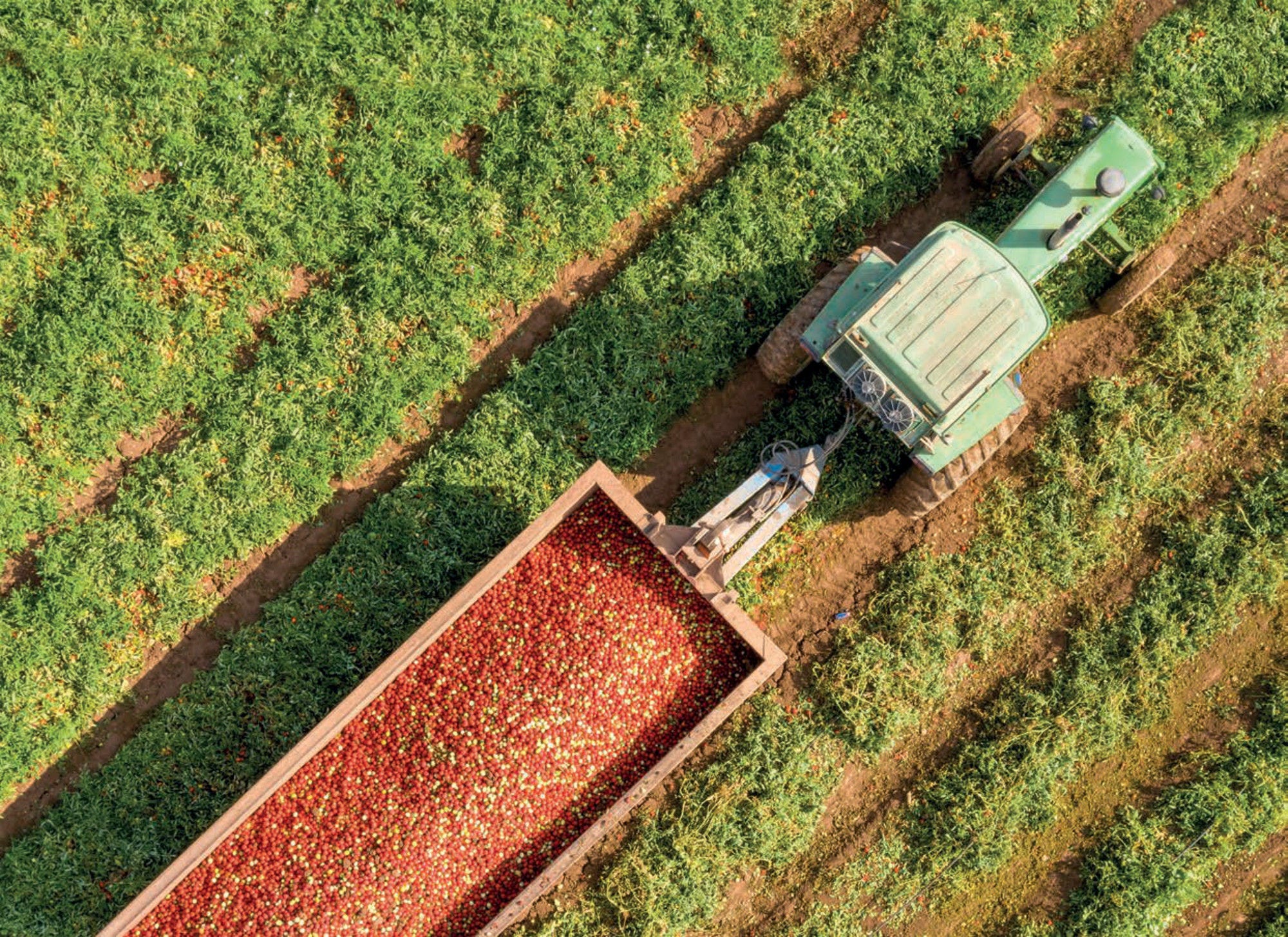The government is involved in allocating key factors of production, including land, water and foreign labour. Land and water resources are almost entirely state-owned. Land is allocated to farmers for a nominal fee and is not tradeable. Water is allocated to farmers through a quota system; all water consumption is metered and charged. The government also applies a yearly quota of foreign workers with permits to work in agriculture. Both the overall quota and the allocation of workers to individual farmers are strictly regulated.
Some commodities are supported by guaranteed prices and production quotas. Guaranteed prices for milk are based on the average cost of production and, while updated regularly, they diverge considerably from the level and evolution of prices on international markets. Minimum prices are also guaranteed for wheat, based on the Chicago market price, adjusted for quality and transportation costs. Egg production quotas and recommended prices, which serve as the basis for calculating maximum retail prices, are applied together with border protection as an instrument to provide price support to producers. On the other hand, consumer price controls are applied for a range of basic food products, including bread, milk and dairy products, eggs and salt. Egg and poultry producers in “peripheral areas” at the northern border receive payments, based on output levels for eggs, and encompassing a mixture of payments decoupled from production and output payments for poultry producers (OECD, 2010[1]).
Capital grants provide support to investments. Farmers who participate in the investment support scheme also receive income tax exemptions and accelerated depreciation. Since 2009, an investment support programme was implemented to partly replace foreign workers in the agricultural sector, but budgetary allocations for this programme declined strongly in recent years.
The Insurance Fund for Natural Risks in Agriculture (Kanat) provides subsidised insurance schemes. The share of support in the total insurance premium is 80% in the case of the multi-risk insurance schemes and 35% in the case of the insurance schemes against natural hazards. Since 2010, revenue insurance is applied to rain-fed crops to protect against a loss of revenue caused by price falls, low yields or both.
In 2015, a credit fund launched with the goal of establishing or expanding small farms that specialise in crop production. The government serves as the guarantor for bank loans with an 85% guarantee to ensure that small farms with insufficient collateral can access loans.
Israel’s economy is supported by a transparent and open trade regime overall. However, border tariff protection on agro-food products remains an important tool to support agricultural producers. Israel’s average applied Most Favoured Nation (MFN) tariff on agricultural goods (WTO definition) amounted to 19.1% in 2018, down from 27.7% in 2012, still much higher than the 3% average for non-agricultural goods (WTO, 2018[2]). Israel has tariff rate quotas (TRQ) for wheat, fats and oils, walnuts, prunes, maize, citrus juices, beef and sheep meat, and various dairy products. Most of Israel’s preferential trade agreements also include tariff-quota commitments for agricultural products, often with reduced out-of-quota tariffs. In total, Israel implements over 500 preferential TRQs for agricultural goods.1
Despite reforms that began in 2014, Israel’s tariff profile for agricultural products remains uneven, with very high – sometimes prohibitive – tariffs for goods such as dairy products, eggs, and certain fruits and vegetables, and low, sometimes zero, tariffs for other commodities such as specific coarse grains, sugar, oilseed and frozen beef. The tariff system on agriculture is complicated, involving specific, compound or mixed duties (WTO, 2018[2]); in 2019, 21.1% of imported agricultural products were subjected to non-ad-valorem rates, compared to 3.6% for all goods (OECD, 2019[3]). At the same time, some 50.6% of agriculture imports entered Israel duty-free, mostly through MFN access and preferential agreements (notably with the European Union and the United States) (OECD, 2019[3]). With the exception of beef, poultry (including turkey), and mutton and products thereof, there is no legal requirement that imported food and agricultural products be kosher, although imported, non-kosher agro-food products are rarely accepted by local marketing channels.
Budgetary allocations for research and development regularly increase and account for over 20% of the total agriculture-related budget in recent years. During 2018-20, ILS 366 million (USD 104 million) were allocated annually to agriculture research and development, of which almost ILS 84 million (USD 24 million) were used for a competitive research fund. Together with effective transmission of innovation to the farm level through a public extension service, this allowed Israel to become a world leader in agricultural technology, particularly for farming in arid and desert conditions.
Israel has no sector-specific mitigation policy for GHG mitigation in agriculture because agriculture accounts for a limited share of the country’s total greenhouse gas emissions (2.7% in 2018). However, the government introduced and applied a number of programmes to support climate change adaptation. In addition to its forward-looking water resource management – in which irrigation relies on recycled wastewater and desalinated water, flexible quotas, and irrigation charges – the government supports research and development of improved agronomic practices, breeding, soil conservation and efficient use of resources. The programme also maintains the Israel Plant Gene Bank to conserve indigenous plant species. Efforts to develop a national quantitative assessment of climate change risks for agriculture are ongoing (OECD, 2019[3]).







